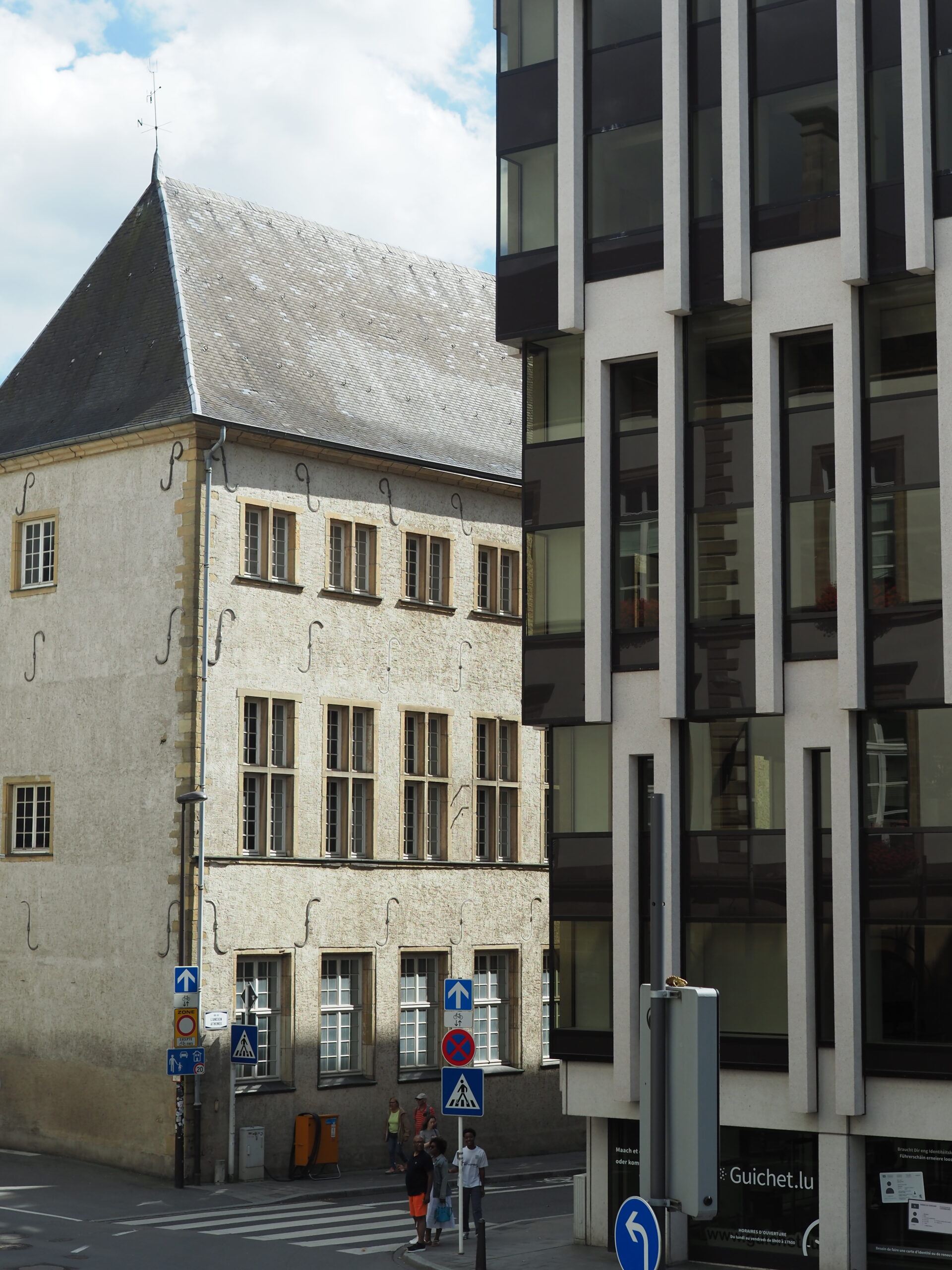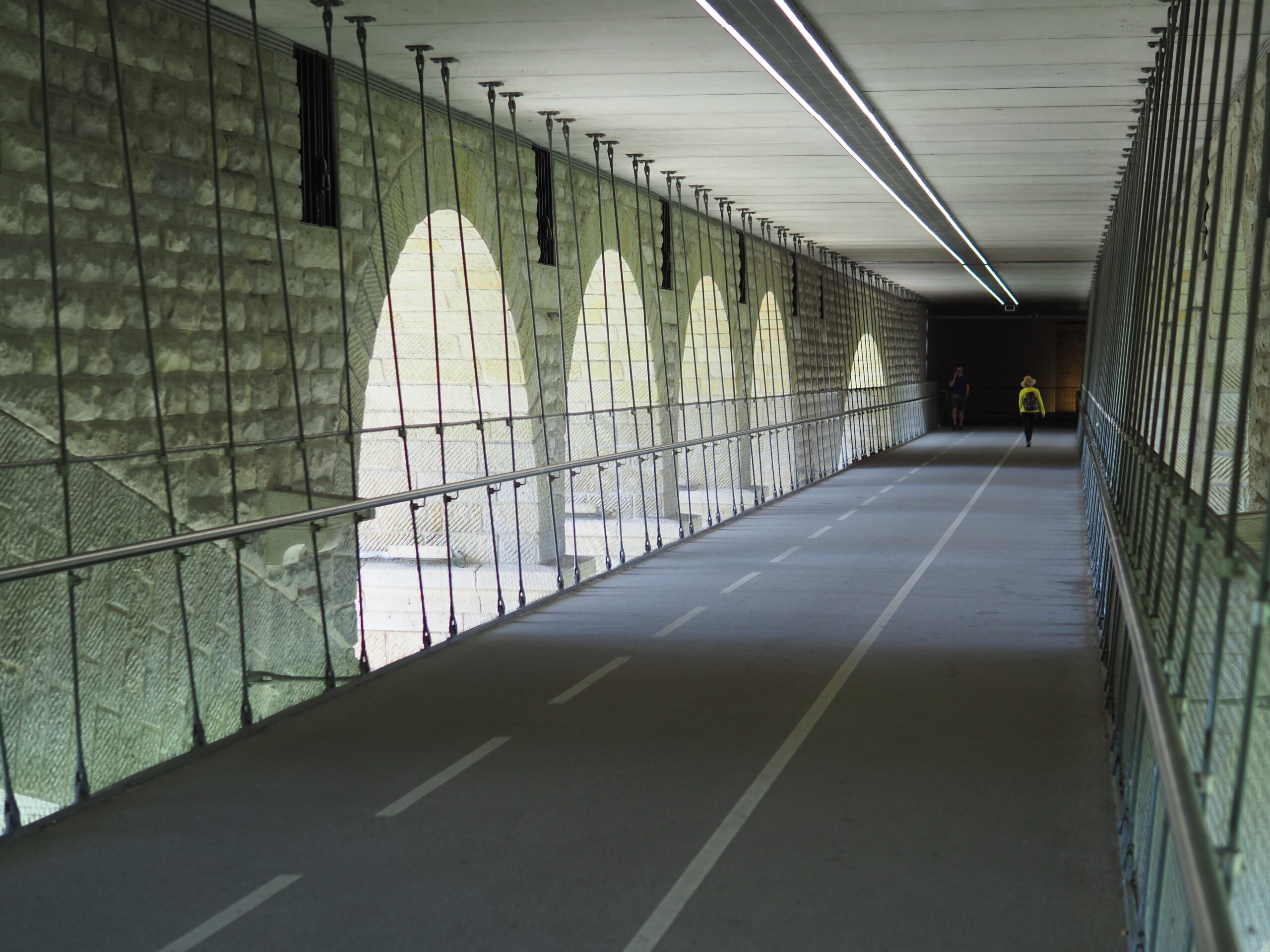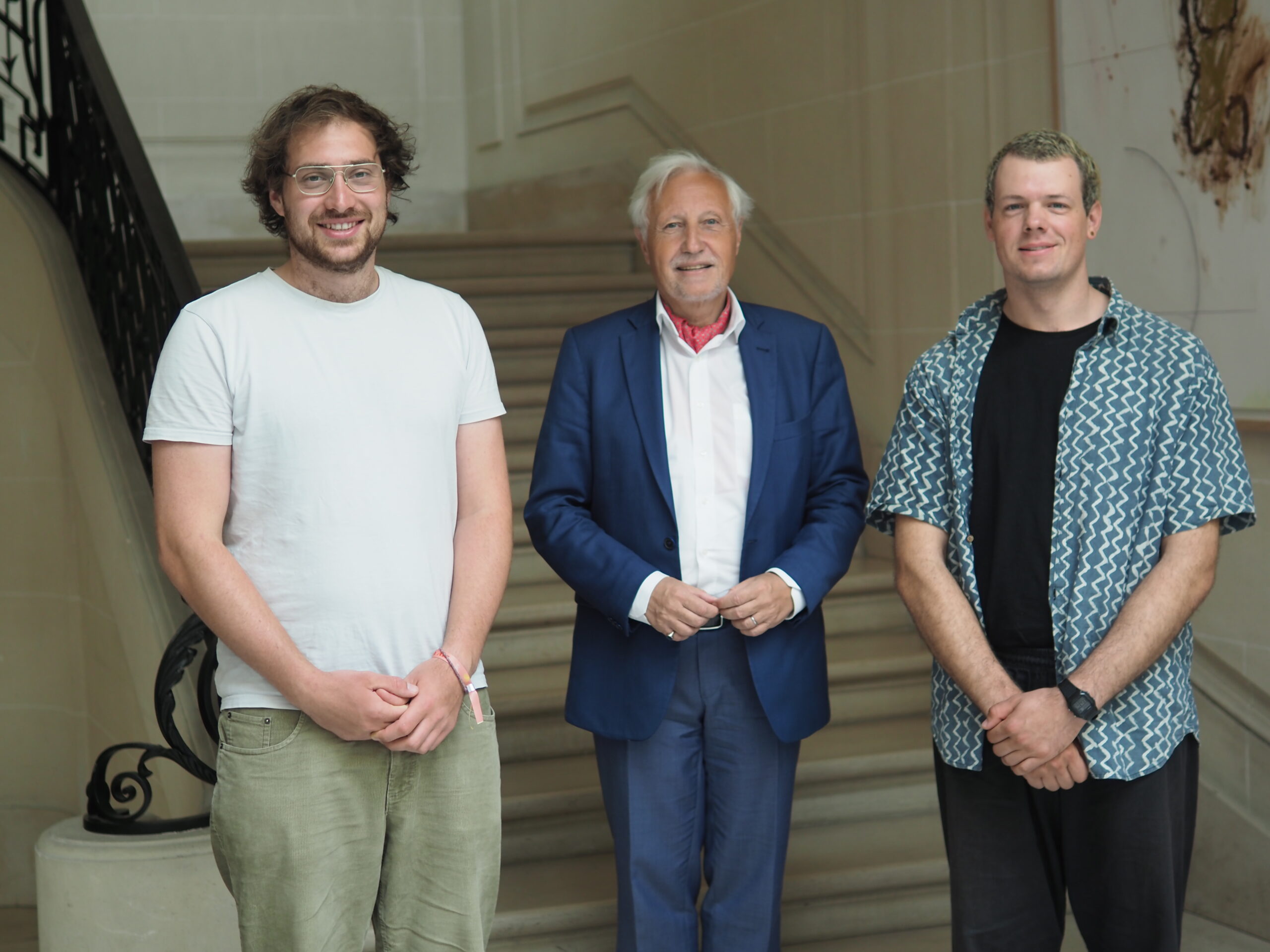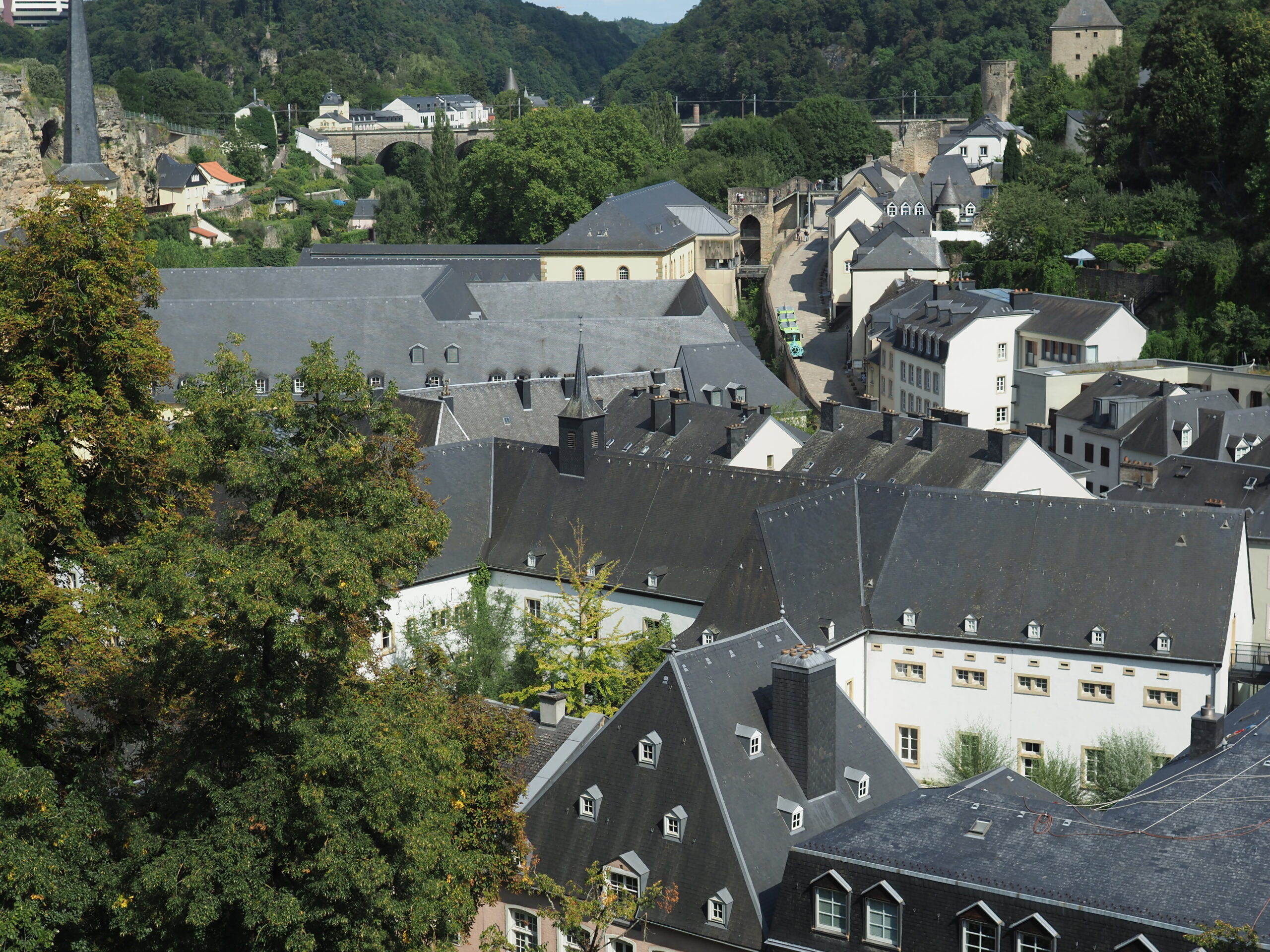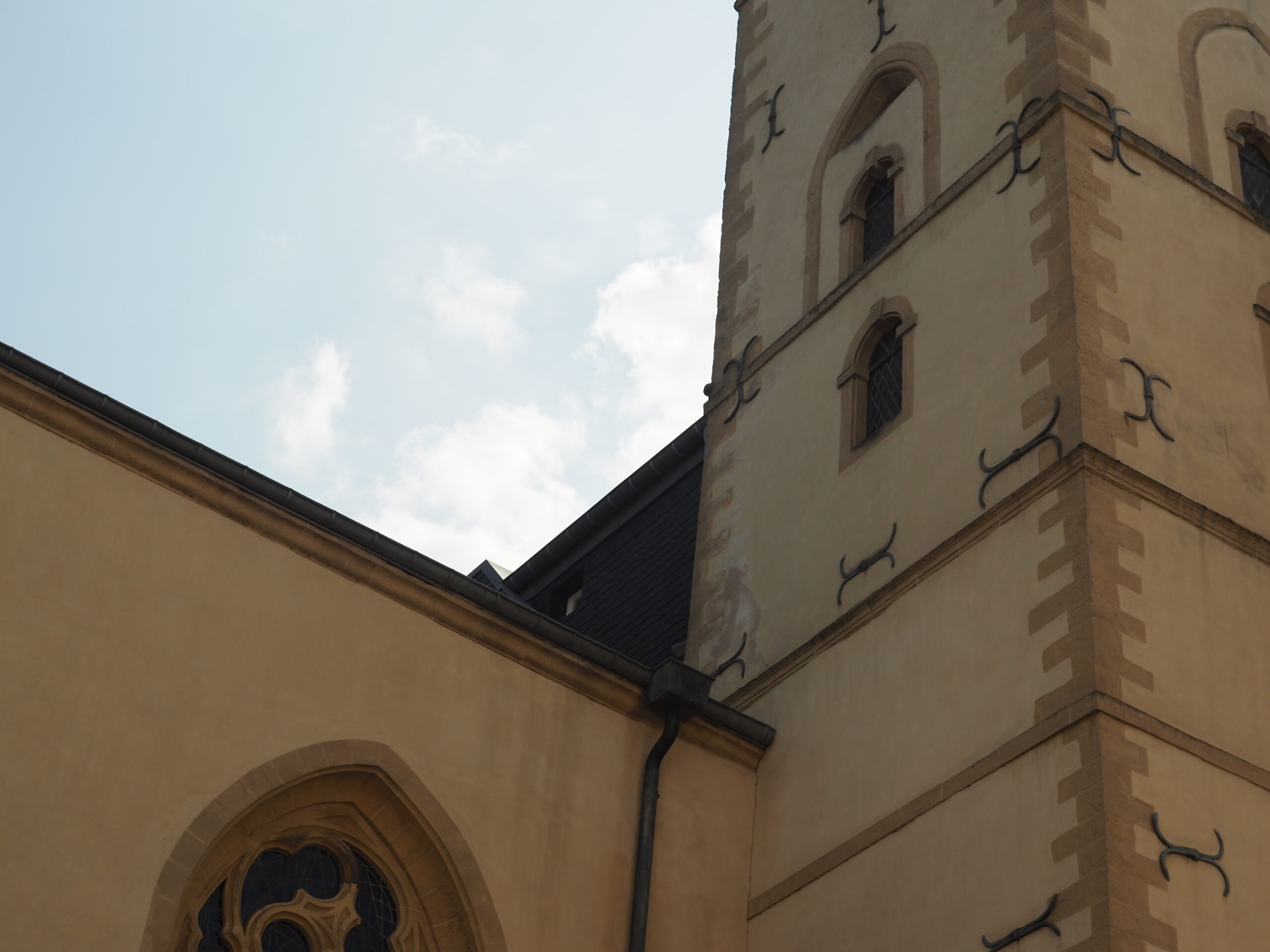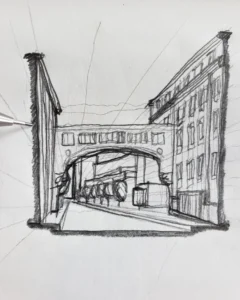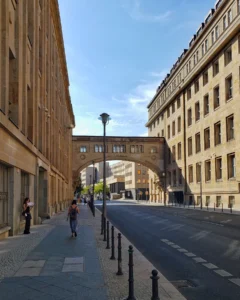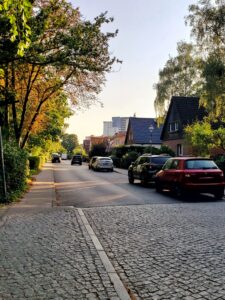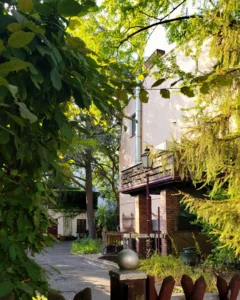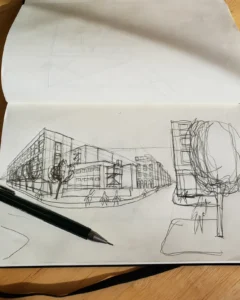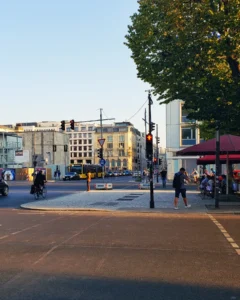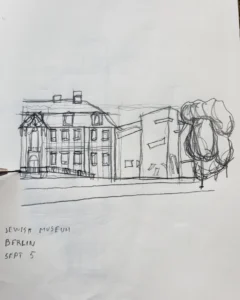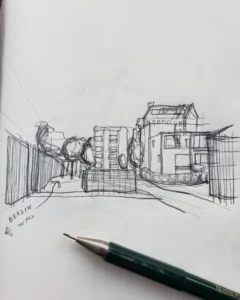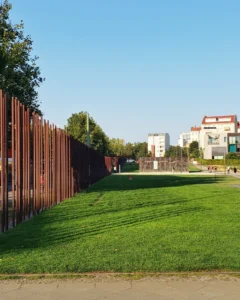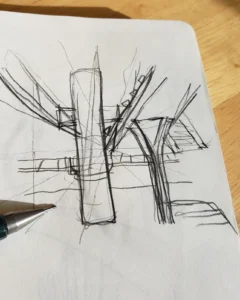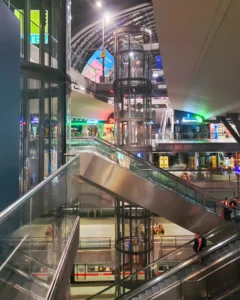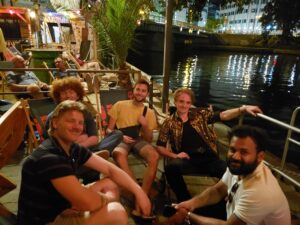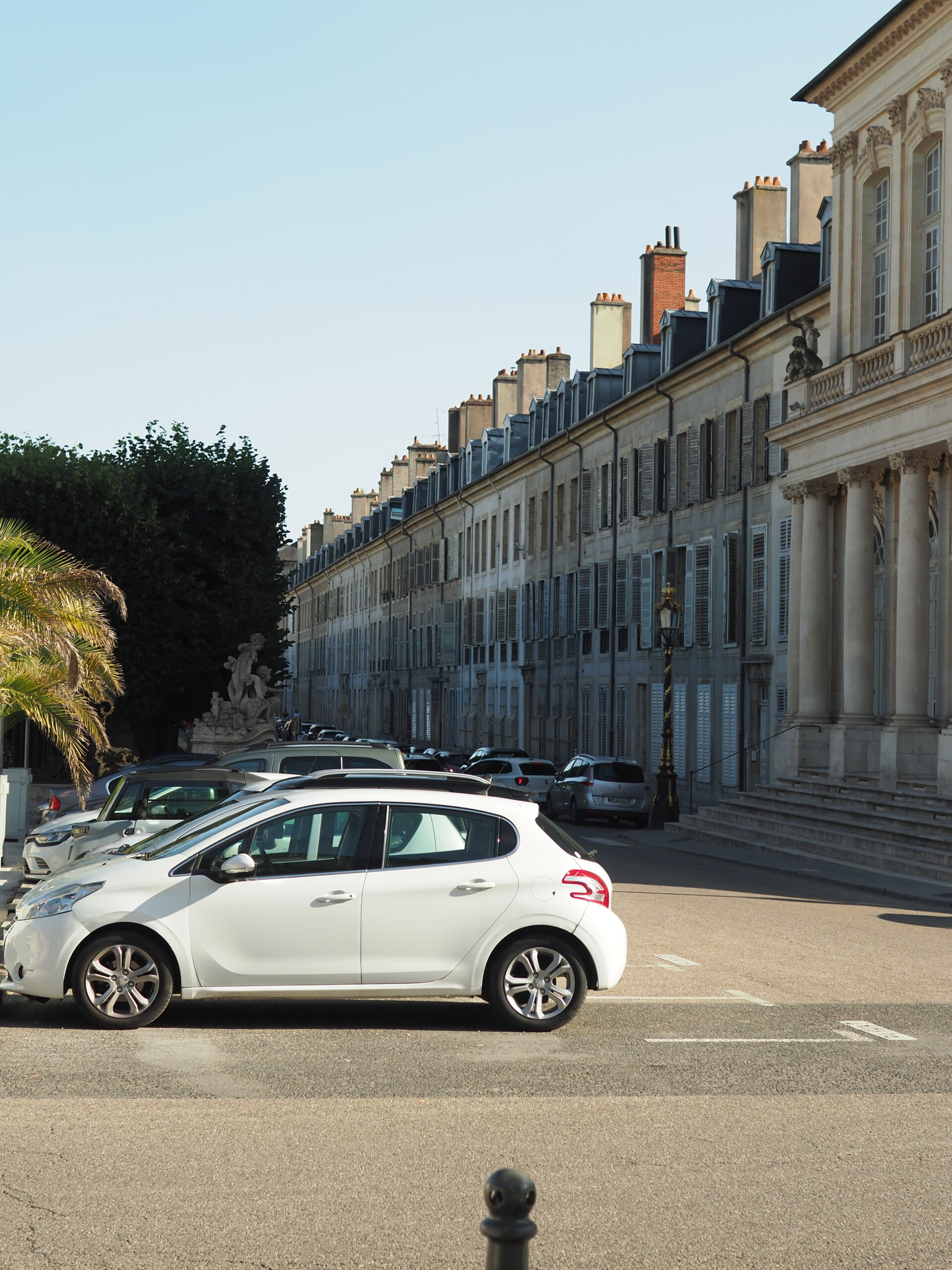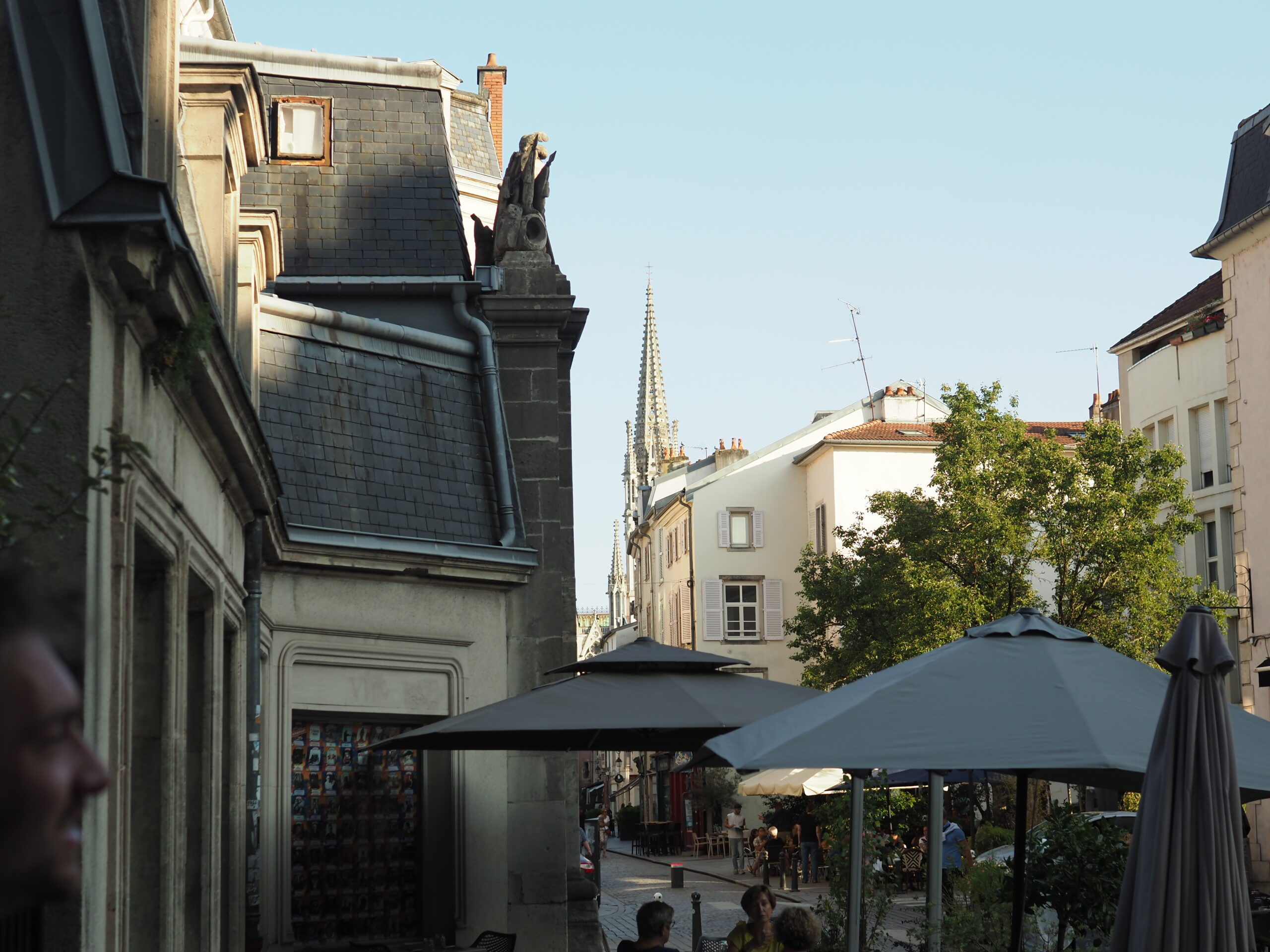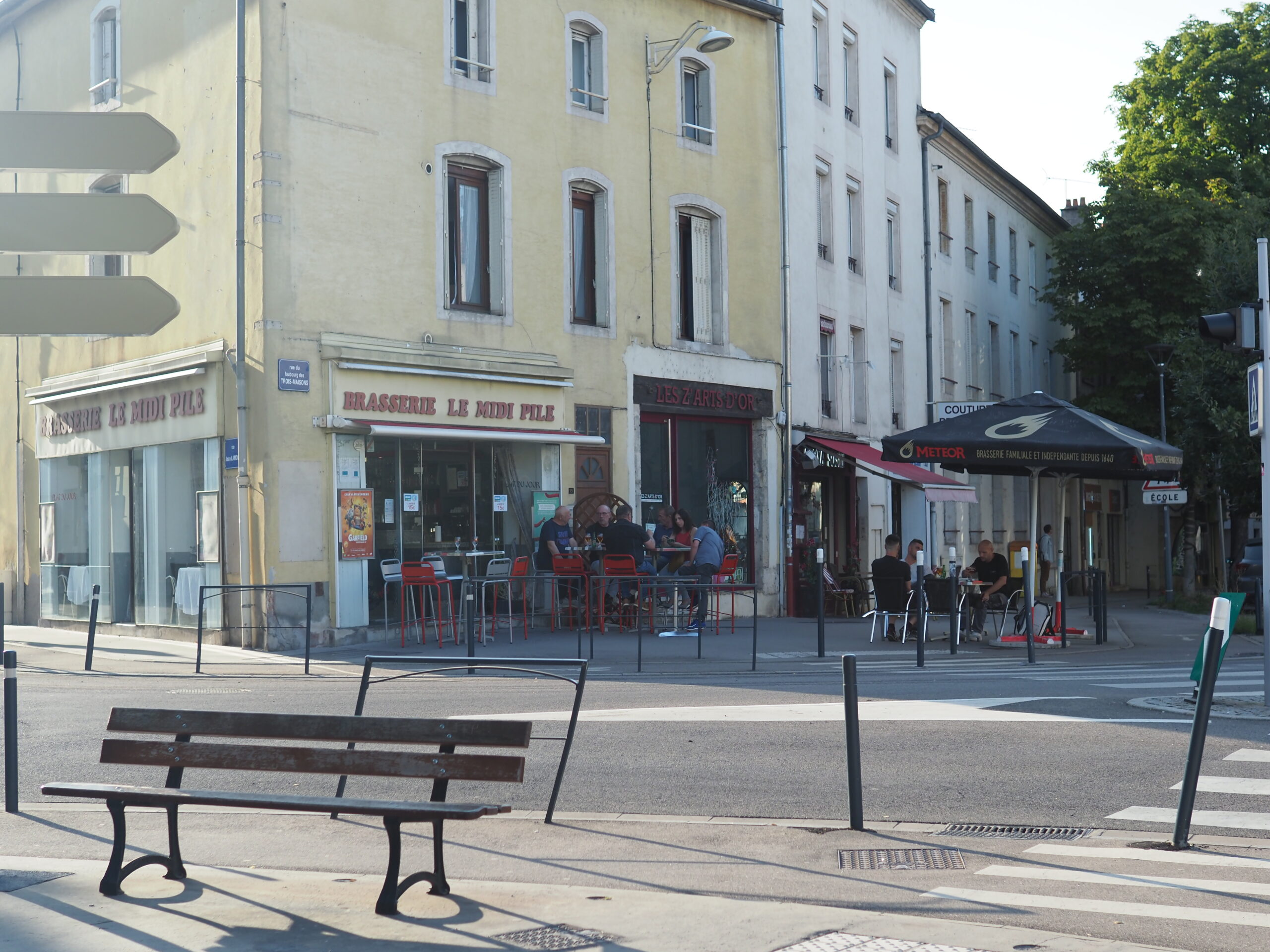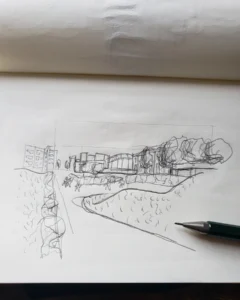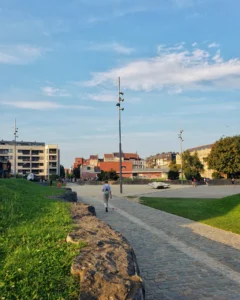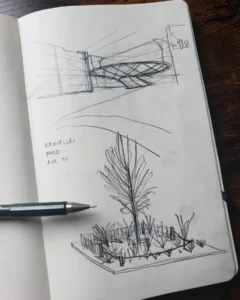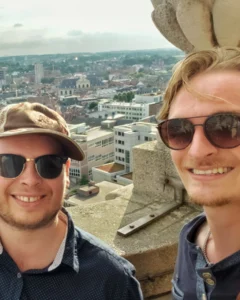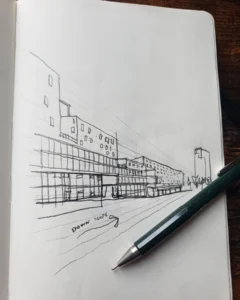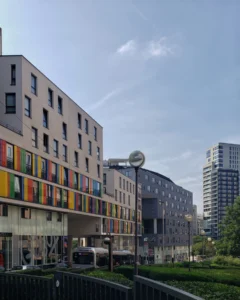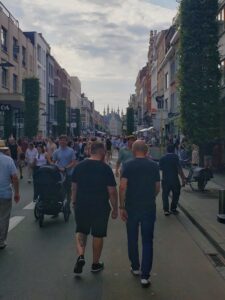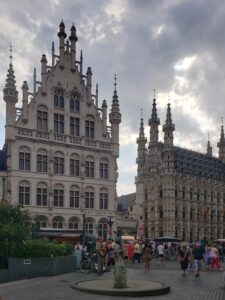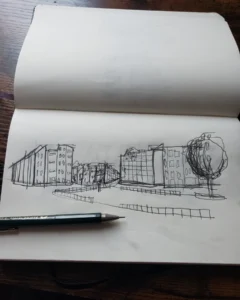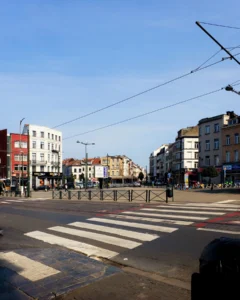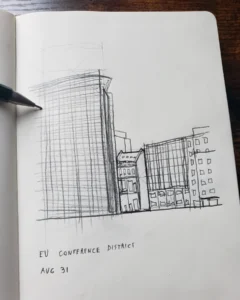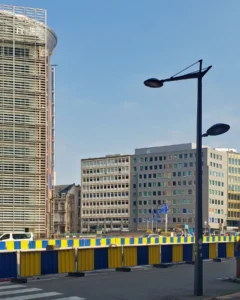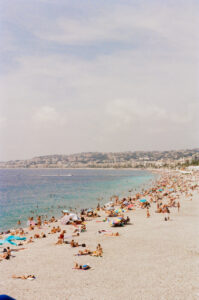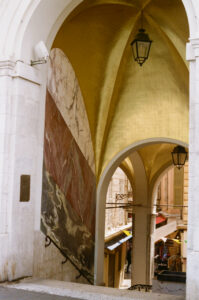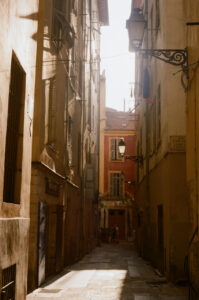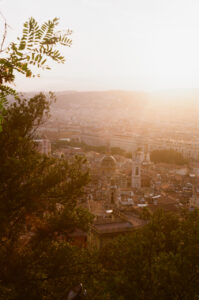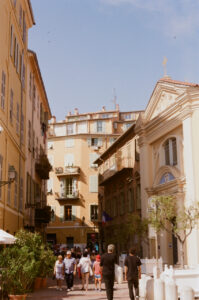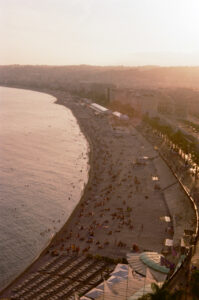Day 1 – 01/09/24
Our first day in Brussels started with an early arrival by plane after our visit to Rome, and a relaxed evening stroll through the city after checking into our hostel. We were both pleasantly surprised to see a different city vibe compared to our previous stop with: a very walkable and transit-friendly city, the tight cobble stoned streets integrated with bike lanes, the brick façade architecture (merging historic designs with modern lifestyles), and the calm energy of both the people and urban landscape of the capital of Belgium. We visited the Grand Place, a recognized World Heritage Site by UNESCO, and were immediately amazed by the variety of architectural styles and exceptionally designed and conserved buildings. A few notable favorites we saw of the UNESCO site: Brussels Town Hall with a 15th century Gothic bell tower, gorgeous 17th century baroque-styled houses with pure gold decorative accents, and the King’s House built in a Gothic Revival style. We also noted the crow-stepped gable roof design, an architectural feature common in northern Europe throughout the city, and the square itself.
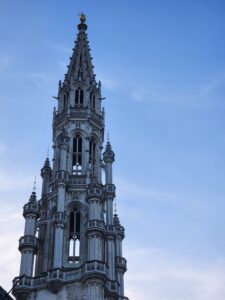

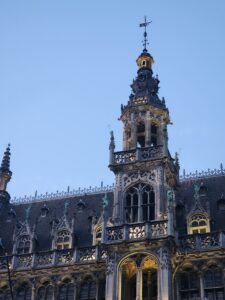
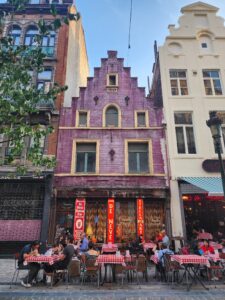
Day 2 – 02/09/24
Our second day in Brussels we dove into exploring the city, traversing the main historic centre by foot, and visiting both modern and historic structures. On our way we noticed a significant amount of façadism – a conservation intervention where only the façade of a building is preserved, and a new structure and/or interior is constructed. We stopped by La Bellone, an example of facadism, where the 17th-century baroque style house was converted into an event space cleverly preserving the facade and integrating modern architecture. Throughout the day we visited many cathedrals and churches, in varying degrees of structural condition. We enjoyed spotting the structural interventions including; metal tie-rods supporting arches, structural health monitoring systems, through-wall ties, and masonry repointing, all in place to ensure these beautiful structures remain standing for generations to come!
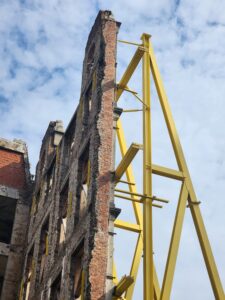
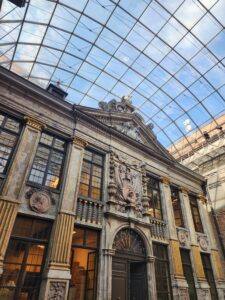
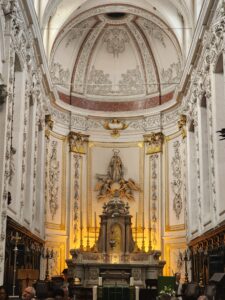
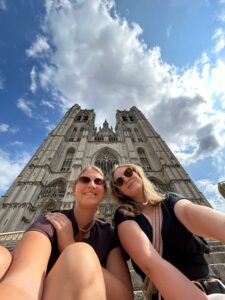
Day 3 – 03/09/24
Our last day in Brussels was wrapped up perfectly with a chance to speak with Paula Cordeiro, an architect and the site manager of UNESCO World Heritage site: the Grand-Place, and Florence Papazoglakis, a fellow architectural conservator of the Grand Place and for heritage buildings in the city. We had a wonderful time discussing and learning more about heritage conservation and site management. We are grateful to have been able to speak with them and be further inspired to grow in our careers!
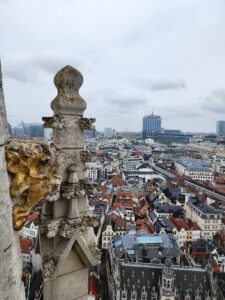
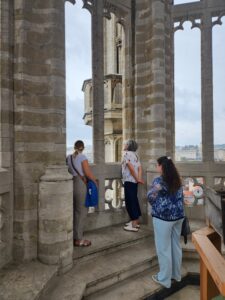
Paula and Florence kindly guided us through Grand Place district, the surrounding buffer zone of the UNESCO site, and a personal tour of the Brussels Town Hall, which included climbing up the bell tower. The view from the top of the tower was breathtaking! Paula and Florence, both heavily involved in the site management of the Grand Place, had mentioned the districts struggle with vacancy issues in the city centre, specifically within the upper floors of townhouses. Many building owners solely use the main ground floor, as maintaining the lower floor for businesses is sufficient. As it is the main city centre, it seems a shame that residents do not get the opportunity to live in their city’s historical centre.
Next Stop: Brugge, Belgium
Brussels was an amazing experience and a perfect way to introduce ourselves to Belgium! We are even more excited to go explore Brugge!!!
You can read our more detailed travels and discussion in our Instagram posts here!






